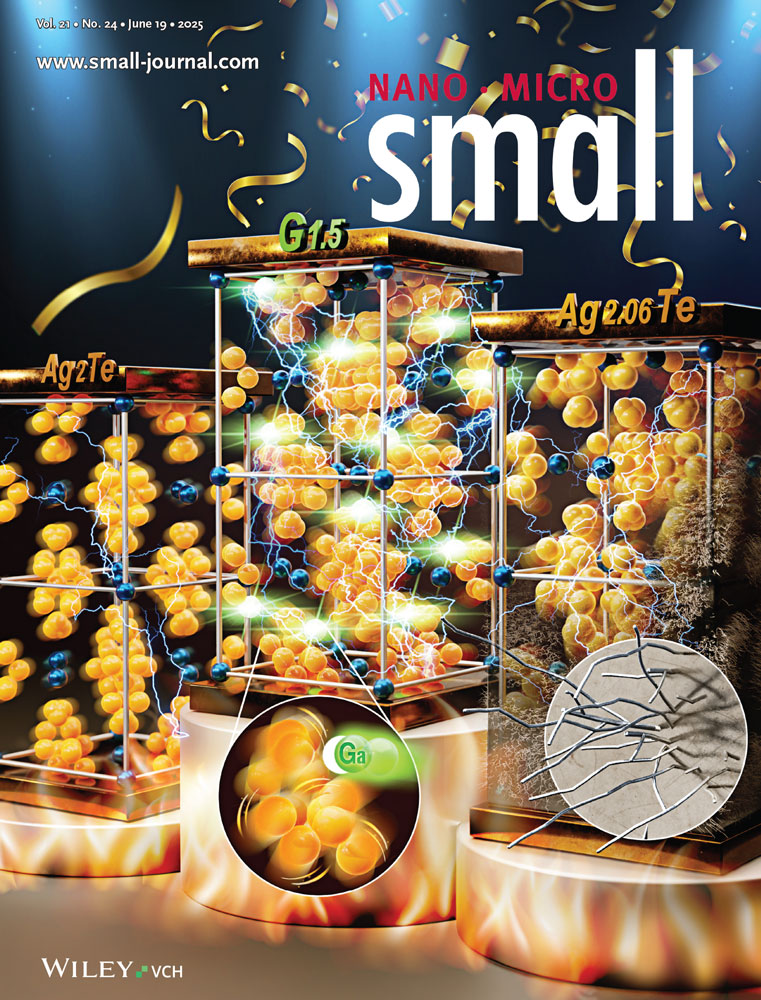High-Entropy Engineering of 1D Na4Fe3(PO4)2P2O7: Unlocking Exceptional Capacity and Ultrahigh Rate Capability for Sodium-Ion Battery Cathodes
Abstract
Na4Fe3(PO4)2P2O7 is thought to be a promising cathode material for sodium-ion batteries (SIBs) because of its inexpensive cost and quick 3D pathways for sodium ion migration. However, traditional modified methods often result in the formation of electrochemically inactive triphylite NaFePO4 and low-capacity NaFeP2O7, alongside low electronic conductivity, leading to a capacity loss for Na4Fe3(PO4)2P2O7. Herein, this investigation presents the initial development of an innovative 1D, high-entropy Na4Fe2.5(MgCuZnNiCo)0.1(PO4)2P2O7 (NFPP-HEES) cathode material tailored for SIBs, utilizing electrostatic spinning technology for the first instance, which exhibits incredible reversible capacity and ultrahigh rate performance. The electrochemical activity of Ni2+ contributes to the maintenance of high specific capacity in NFPP-HEES, reaching 127.6 mAh g−1. Additionally, Zn, Co, Cu, and Mg serve as structural pillars, minimizing the cell volume change of NFPP-HEES to a remarkable 0.02%. This results in improved rate performance and cycling stability, especially at 50 C, where the capacity remains at 90 mAh g−1. The synergetic effect of high-entropy ions significantly narrows the bandgap of NFPP-HEES and diminishes the Na+ diffusion energy barrier, thereby substantially improving the kinetic performance. This research presents a novel strategy for the advancement of SIBs cathode materials with high capacity and superior rate capability.
Conflict of Interest
The authors declare no conflict of interest.
Open Research
Data Availability Statement
The data that support the findings of this study are available from the corresponding author upon reasonable request.




